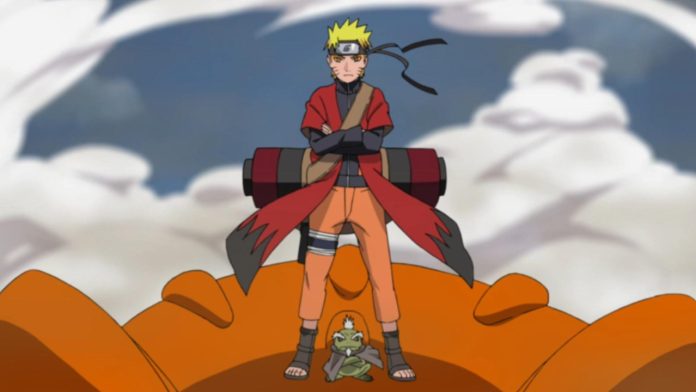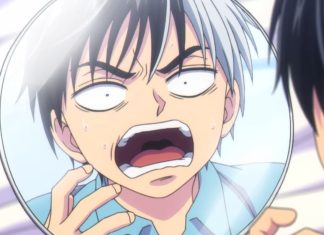In the vast landscape of anime and manga, few stories have spun a web of inspiration, heartbreak, and triumph quite like Naruto. Created by Masashi Kishimoto, this epic saga isn’t just about ninjas throwing kunai—it’s a profound exploration of resilience, friendship, and the human (or ninja) spirit. From its modest origins in a Japanese manga magazine to becoming a cultural juggernaut that dominates fan conventions, memes, and even global popularity polls, Naruto has left an indelible mark. Let’s dive into its journey, unpacking the plot, characters, and the magic that turned it into a phenomenon beloved by millions.
Humble Beginnings: The Spark of a Ninja Tale
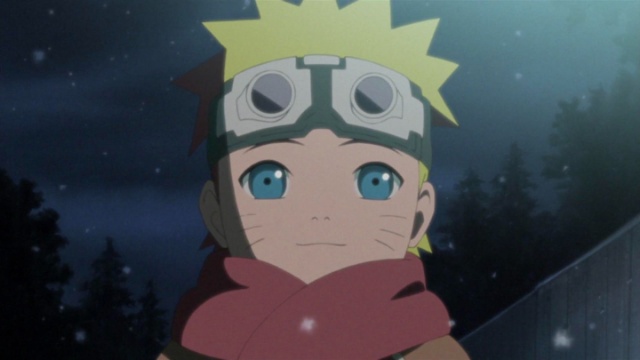
Naruto didn’t erupt onto the scene fully formed like one of its explosive jutsu. Masashi Kishimoto, a budding manga artist from Okayama, Japan, first toyed with ideas in the mid-1990s. His early one-shot Karakuri (1995) earned him recognition in Shueisha’s Hop Step Award, but it was a 1997 one-shot called Naruto—featuring a boy who could transform into a fox—that laid the groundwork. Kishimoto drew inspiration from Japanese folklore, including the kitsune (fox spirits) and the Chinese zodiac, blending them with his love for shonen manga like Dragon Ball and Godzilla-esque monster lore.
Dissatisfied with initial drafts (one even imagined Naruto as a ramen chef!), Kishimoto pivoted to a ninja world. The series debuted in Weekly Shōnen Jump on September 21, 1999, introducing a hyperactive orphan in a hidden village. Serialized until November 10, 2014, it spanned 700 chapters across 72 volumes, divided into Part I (Naruto’s pre-teen years) and Part II (his teenage adventures after a time skip). Kishimoto’s style evolved from intricate village designs to more realistic character-focused panels, emphasizing themes of acceptance and ideological clashes. Influences from his grandfather’s war stories added depth to the portrayal of conflict, making Naruto a subtle commentary on accumulated historical tensions and the hope for reconciliation.
The Epic Plot: A Tale of Bonds, Battles, and Belief
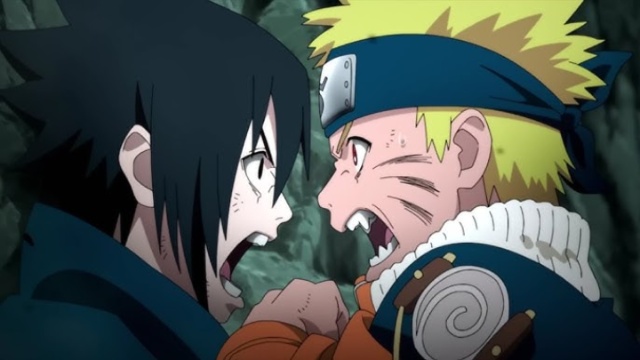
At its core, Naruto follows Naruto Uzumaki, a loudmouthed orphan in the Hidden Leaf Village (Konoha) who’s shunned because a powerful Nine-Tailed Fox Demon was sealed inside him as a baby to save the village. Dreaming of becoming Hokage—the village leader—Naruto starts as an underdog, failing academy exams and pulling pranks for attention. Assigned to Team 7 with brooding rival Sasuke Uchiha (driven by revenge for his clan’s massacre) and intelligent crush Sakura Haruno, under the guidance of elite ninja Kakashi Hatake, Naruto embarks on missions that escalate from simple errands to life-or-death battles.
The story unfolds in two arcs: Part I focuses on Naruto’s growth through the Chunin Exams, village invasions, and personal losses, highlighting themes of teamwork and self-worth. After a 2.5-year time skip, Part II (Naruto: Shippuden) ramps up with global threats, ancient prophecies, and the looming Fourth Great Ninja War. Without spoiling key twists, the narrative weaves chakra-based combat, forbidden techniques like the Sharingan eye powers, and emotional reckonings. Villains aren’t one-dimensional; they’re products of war’s scars, forcing heroes to confront morality. Kishimoto masterfully balances high-stakes action with quieter moments of forgiveness, culminating in a finale that ties back to Naruto’s unyielding belief: “I never go back on my word—that’s my ninja way!”
What makes the plot unique? Unlike many shonen series, Naruto integrates real-world philosophies—Confucian values of loyalty, Japanese mythology, and even subtle anti-war messages—into a fantastical ninja universe. It’s not just about getting stronger; it’s about forging unbreakable bonds in a world fractured by hatred.
Manga, Anime, and Animation: Bringing the Ninja World to Life
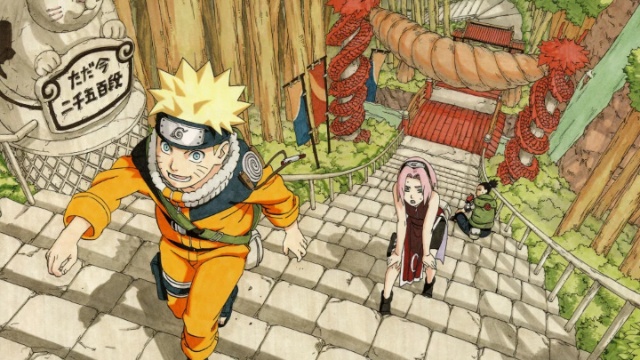
The manga, with its dynamic paneling and evolving art style, set the foundation. Kishimoto’s shift toward realism in Part II allowed for more expressive faces and fluid battles, though he kept backgrounds simple to spotlight characters. Published by Shueisha, it sold over 250 million copies worldwide, spawning spin-offs like Rock Lee & His Ninja Pals (a comedic take on side character Rock Lee) and the sequel Boruto: Naruto Next Generations (focusing on Naruto’s son).
The anime adaptation amplified its reach. Produced by Studio Pierrot and Aniplex, the original Naruto series aired from 2002 to 2007 (220 episodes), covering Part I with some filler arcs for pacing. Naruto: Shippuden followed from 2007 to 2017 (500 episodes), diving into mature themes. Directed by Hayato Date, the animation shines in fight scenes—think swirling Rasengan energy balls and shadow clone chaos—using vibrant colors, dramatic shading, and orchestral scores by Toshio Masuda. Unique touches include hand signs for jutsu (inspired by zodiac seals) and filler episodes that expand lore, like Kakashi’s backstory.
Eleven movies and OVAs add layers, from time-travel adventures to romantic developments (e.g., The Last: Naruto the Movie, which Kishimoto co-developed). The animation style evolved too: early episodes have a raw, hand-drawn feel, while later ones incorporate CGI for massive summons and explosions, blending traditional anime with modern flair.
Iconic Characters: Heroes, Rivals, and Redeemable Rogues
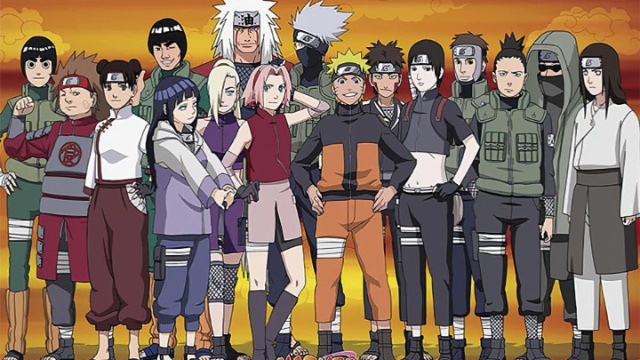
Naruto‘s cast is a mosaic of personalities that fans dissect endlessly. Naruto himself is the heart—a hyperactive goofball masking deep loneliness, whose “never give up” mantra inspires growth. Sasuke Uchiha, with his tragic past and Sharingan prowess, embodies brooding ambition, creating one of anime’s most intense rivalries. Sakura Haruno evolves from a lovestruck teen to a formidable medical ninja, showcasing strength beyond punches.
Supporting stars shine bright: Kakashi, the masked mentor with a hidden eye technique; Hinata Hyuga, whose quiet affection for Naruto blooms into courage; and villains like Orochimaru, a snake-like experimenter, or Pain (Nagato), whose philosophy on suffering adds philosophical depth. Fan polls, like the 2023 worldwide character popularity vote, highlight enduring favorites: Sakura ranked 3rd, Naruto 6th, and Sasuke 9th, proving the series’ emotional investments pay off.
Kishimoto grouped characters into teams to highlight synergies—e.g., Team 7’s balance of brains, brawn, and heart—making them relatable archetypes with unique twists, like Rock Lee’s taijutsu-only fighting style despite no chakra abilities.
Why Fans Adore It: Heart, Hustle, and Hidden Depths
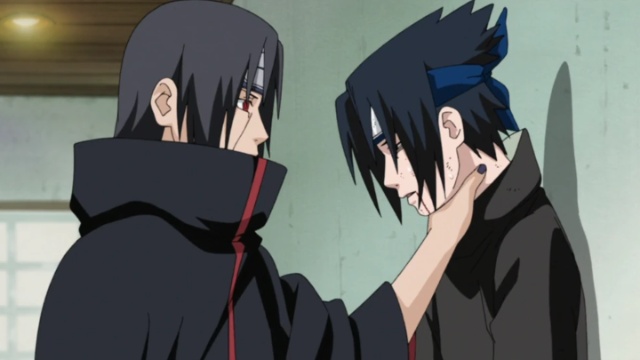
Fans don’t just watch Naruto; they live it. The series resonates through its themes of perseverance—Naruto’s journey from outcast to hero mirrors real struggles with rejection and self-doubt. Social media buzzes with praise for “cinematic” scenes, like epic battles scored to iconic tracks, and heartfelt moments of reconciliation. X (formerly Twitter) posts gush over references in pop culture, from Naruto runs at conventions to memes quoting “Dattebayo!” (Naruto’s catchphrase).
What hooks people? The world-building: a ninja geopolitics with five great nations, chakra systems, and mythical beasts. Relatable growth arcs teach that bonds conquer isolation, inspiring fans in therapy and counseling (as noted in scholarly analyses). It’s inclusive too—strong female characters like Tsunade (the Fifth Hokage) challenge stereotypes, and diverse influences introduce global audiences to Japanese culture. Edgy humor, intense fights, and tear-jerking backstories create an emotional rollercoaster that fans revisit, fostering communities that debate power scaling or ship characters.
The Rise to Fame: From Manga Pages to Global Domination
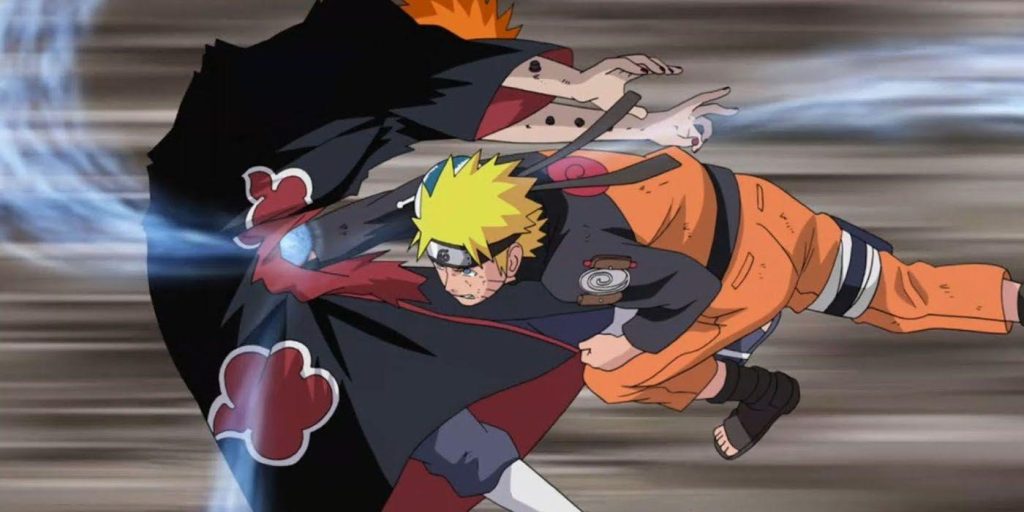
Naruto exploded thanks to savvy timing and universal appeal. Serialized during anime’s global boom, Viz Media licensed it for English in 2003, accelerating releases to match Japan. By 2024, it topped kids’ TV polls in 83 countries (per TheToyZone), outpacing rivals. Merchandise, games like Ultimate Ninja Storm, and crossovers (e.g., with Teenage Mutant Ninja Turtles in 2024-2025) fueled the fire.
Social media amplified it—fans share edits, cosplays, and analyses, turning it into a generational touchstone. Awards like multiple GEM Manga honors and Tezuka Cultural Prize nominations cemented prestige. Its cultural impact? Introducing otaku culture to mainstream, inspiring workouts (Naruto runs), and even psychotherapy tools. As one web analysis notes, Naruto transcends borders, blending compelling plots with intricate characters to create a “soaring demand” in pop culture.
In a 2025 landscape, with a live-action film in development (directed by Destin Daniel Cretton), Naruto remains evergreen. Spin-offs like Boruto keep the flame alive, proving Kishimoto’s creation isn’t just a story—it’s a legacy of unyielding spirit that continues to inspire dreamers worldwide. Whether you’re a longtime shinobi or a curious newcomer, Naruto reminds us: Believe it!
READ MORE: Top 15 Anime Series You Should Watch If You Love Bleach
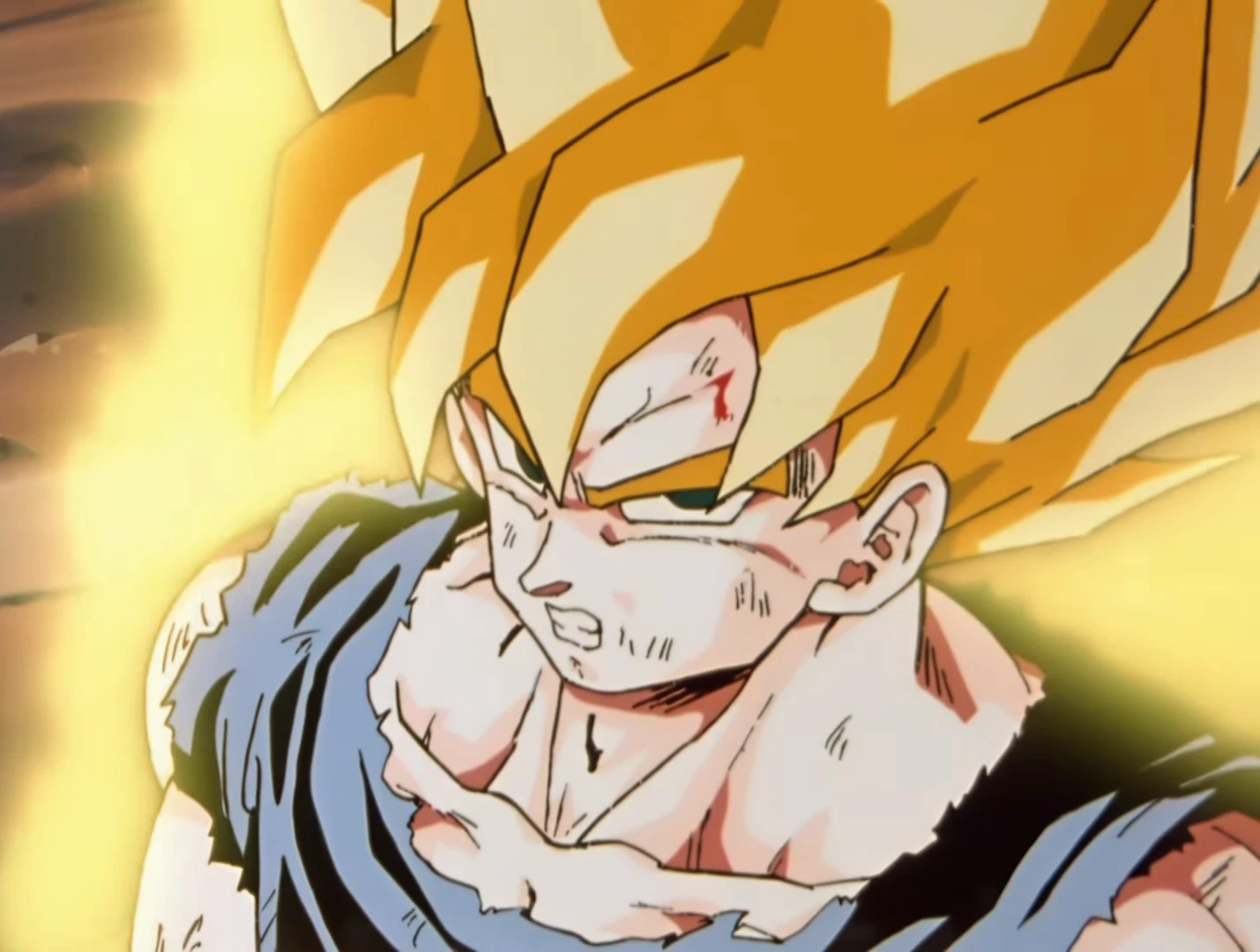
Hello, I am a huge anime fan with a decent experience in writing articles regarding the anime industry.
